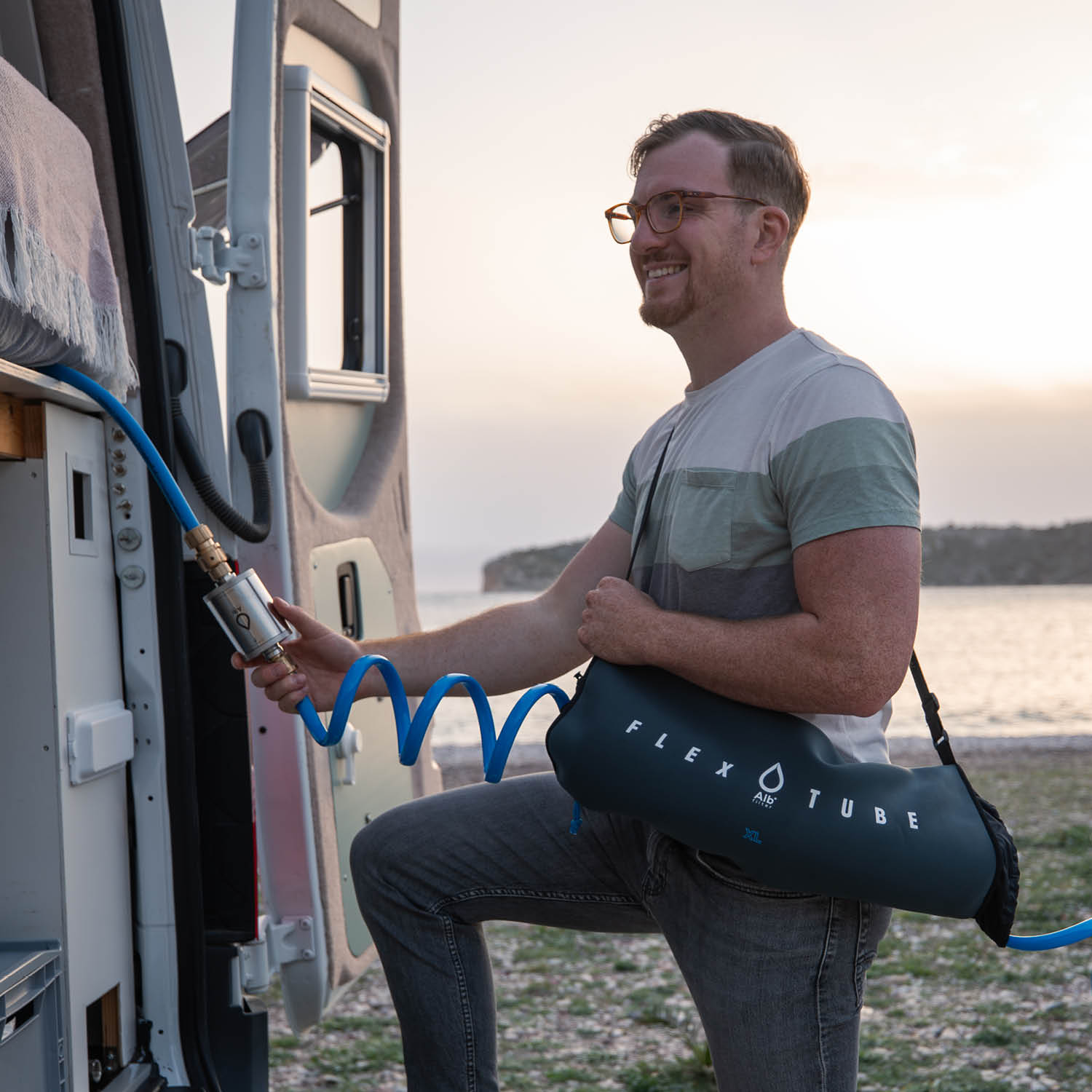Filling up with water on the go is an essential part of life in a motorhome, whether you're planning an adventure in the great outdoors or embarking on an extended tour across the country. A reliable supply of clean and safe drinking water is crucial for the health and well-being of all travelers. In this comprehensive guide, you'll find the best practices and safe methods for filling up your water tank, along with important information on different water sources and their quality. From identifying safe water points to effective water filtration and treatment to water tank maintenance, we cover everything you need to know for a worry-free water supply on the road.







